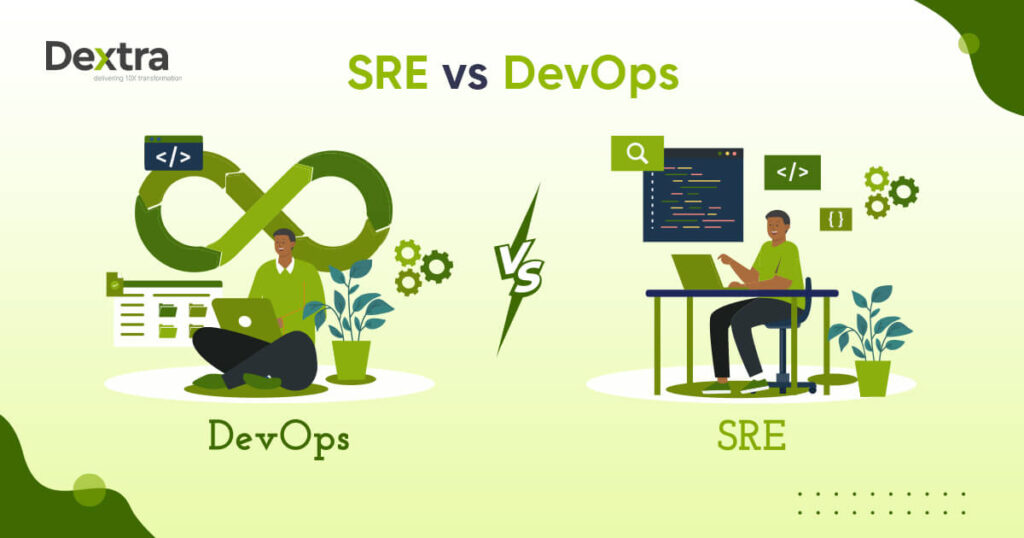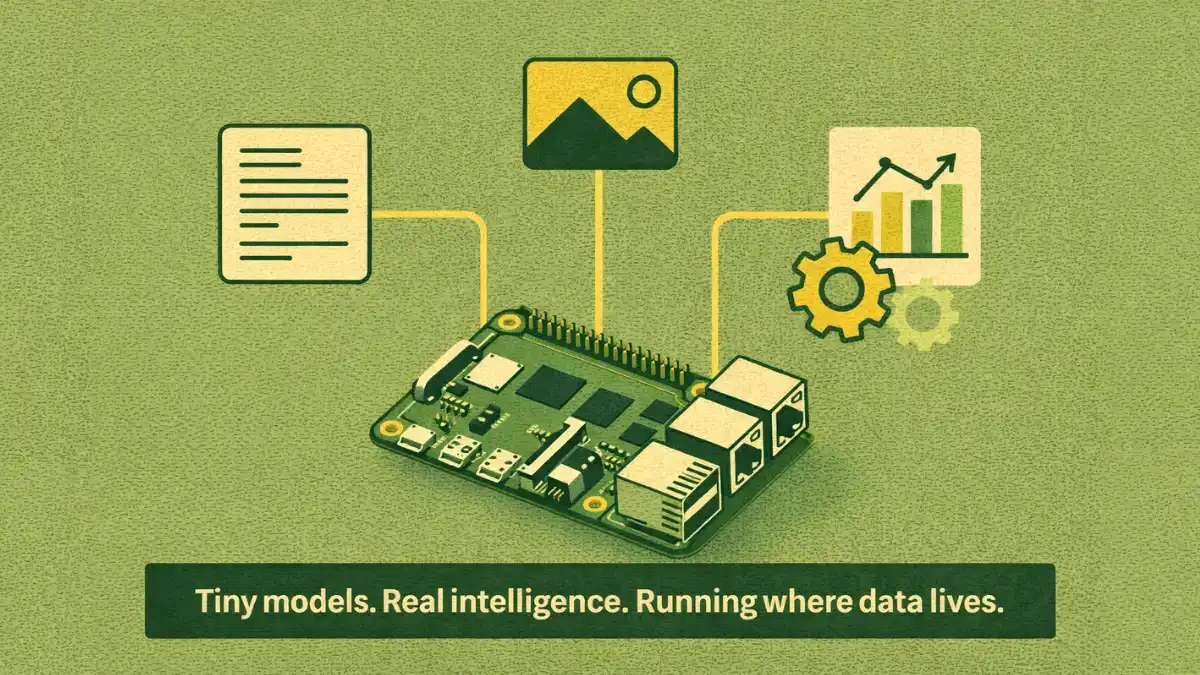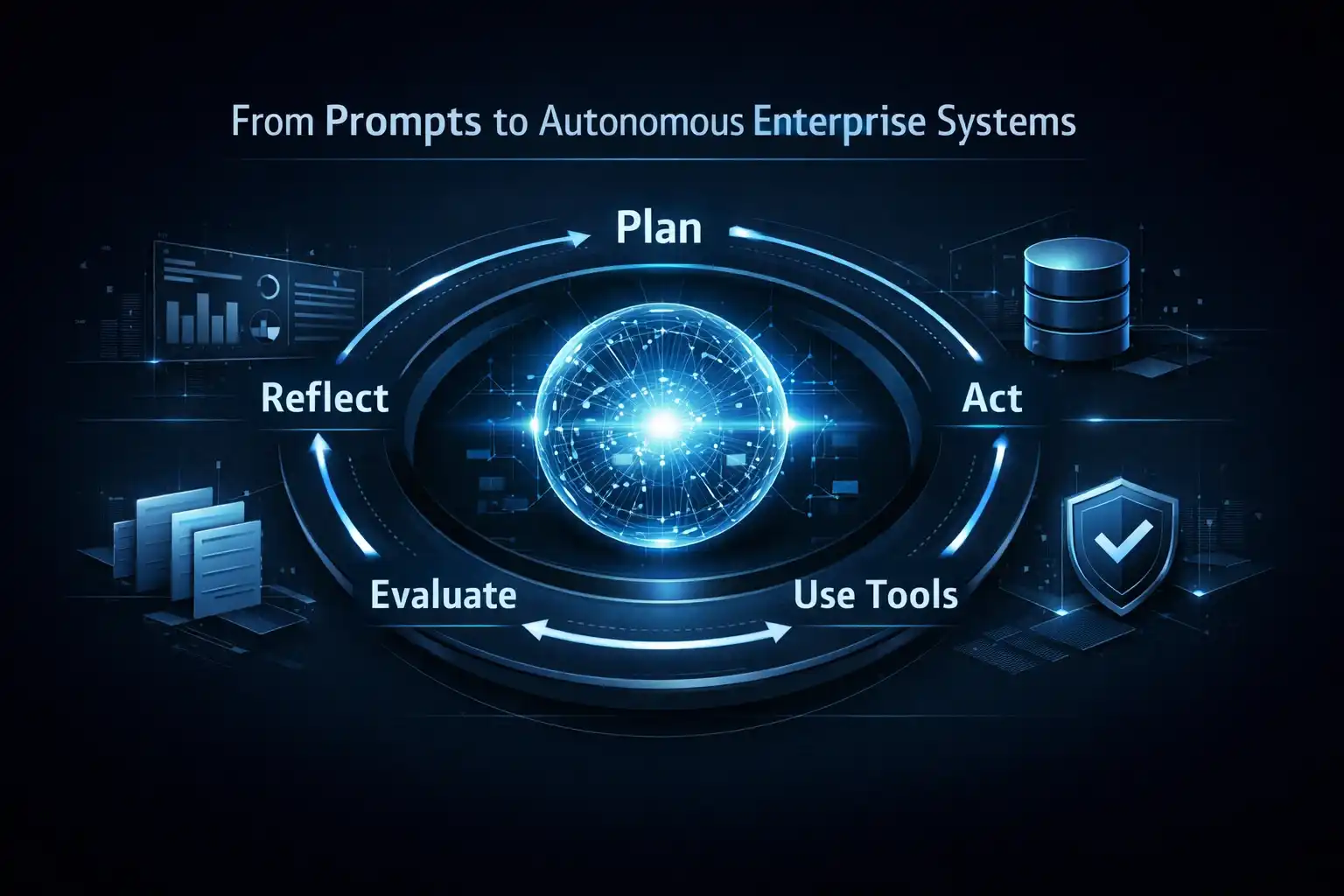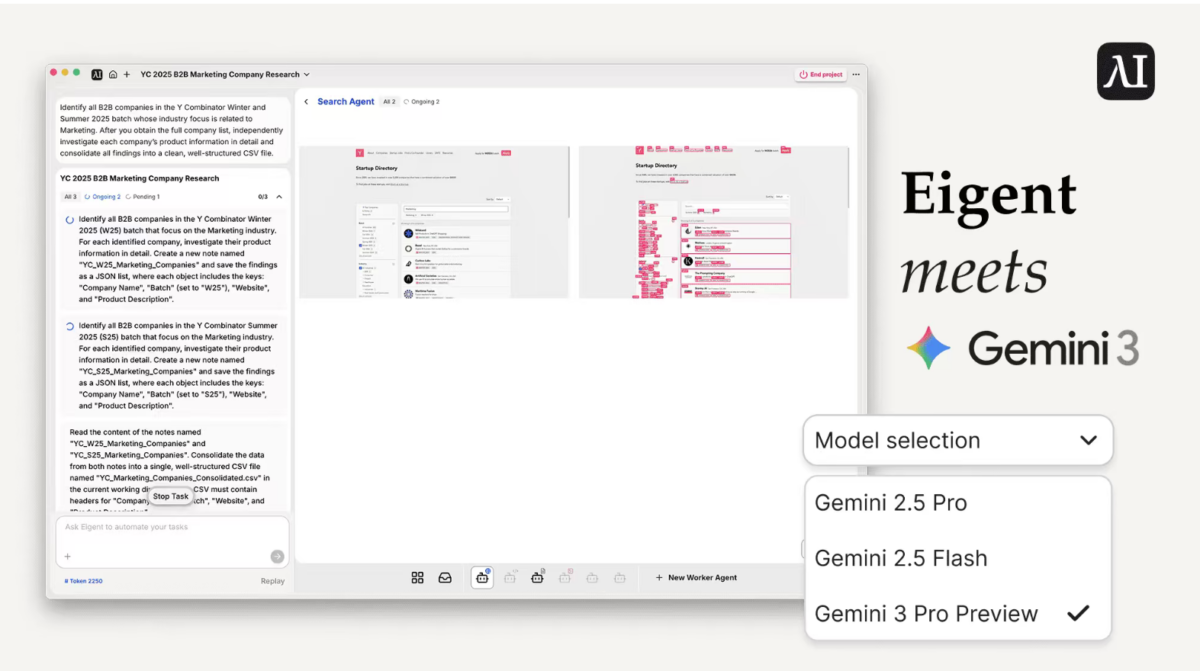Site Reliability Engineering, Development and Operations, and Platform Engineering are prominent methods in today’s rapidly changing technological dynamics to boost the development of scalable performance. There are plenty of similarities and differences between SRE and DevOps to focus on the operational functions and a smooth development process for speedy delivery.
We share a detailed overview of SRE and DevOps and their fundamental principles in the software development process. This blog will help you understand these methodologies’ core similarities and differences. Moreover, you can read the detailed matrices on which dedicated experts implement these methods to maintain the workflow and monitor the development team.
Even Microsoft’s Azure uses SRE in partnership with product engineering teams. They adopted this method to work closely with engineers and operations to ensure a smooth process for their customers. Microsoft’s vision is to attain maximum productivity in every organization.
What is SRE?
If you’re looking for Site Readability Engineering or SRE, this overview will clear your doubts. For 15 years, SRE has revolutionized the software industry with its dynamic outreach. So, to answer your question, what is SRE? It is a collision of traditional IT roles and DevOps. The development team is still trying to engineer the software to make it more reliable and scalable. It helps to operate and deliver the service to the end customer.
SREs are responsible for software developers, so they should spend their half-time focusing on innovation, solving customer problems, and fast, reliable delivery. The SREs work closely with the dedicated development team throughout the DevOps cycle and provide solutions, including fixing bugs in the software and automating jobs.
The SRE team monitors the track record in real-time. Logging is an archive of everything happening around us that we can examine later.
What are the Roles & Responsibilities of SREs?
The SRE and SRA teams differ in workflow activity priorities. Still, they all share primary responsibilities regarding the services they support. We are sharing some core responsibilities of the Site Reliability Engineers:
-
Durable Focus on Engineering
It is the primary responsibility of the Site Reliability Engineer to ensure a durable focus on engineering during an SRA’s working hours. It’s important to understand that a maximum of 50 hours should be allocated to operational work, and the remaining time should be focused on engineering to reduce the operational load.
Importantly, they should measure their time on operational load and engineering work. Engineering work should be more focused on operational load checks. The mechanism of working between the developers and the SREs is encouraged, and they will be notified about the readability issues and how they can contribute to removing bugs and relevant matters.
-
Monitoring
The next responsibility we are going to explain is monitoring. Monitoring will help us counter-check the system’s health and availability. The monitoring process should not expect a human to detect the problem; instead, monitoring should be allowed or should alert a human when any problem occurs. Therefore, it is crucial to understand what kind of outputs should come out of the monitoring cycle.
Three main outputs can be given from monitoring. Firstly, when there are alerts for problems in the system, there should be alerts provided by the engineering or the SRAs. Secondly, if there are problems with the tickets, they can be lodged on a proper JIRA board or somewhere else. The last one in the list, logging, is about application logs, so when there are problems, audit logs should be properly logged somewhere so people can find them later on.
-
Emergency Response
The SRE’s responsibility towards emergency response reliability is a function of MTTF (mean time to failure) and recovery. The emergency response is how quickly you can respond to emergencies when there’s a problem. This is where MTTF comes into plays a vital role, which is called mean time to recover. It talks about how long and how quickly you can recover from emergencies. Humans take a lot of time to heal in emergencies because they add latency when responding to emergencies. That’s why a lot of problems in this process should be automated.
-
Changes Management
The next responsibility is change management. SRE has found that 70% of the outages we see in the industry happen because of a change we make to the live system. We must establish proper best practices when managing a software system adequately.
Some of these practices include implementing progressive rollouts quickly and accurately, detecting problems, and safely rolling back changes when problems arise.
-
Demand Forecasting and Capacity Planning
It’s essential to understand the demand a system or software system has. A relevant software system may have different demands during other times of the year. This understanding of forecasting is called demanding forecasting. To cater to these various demands, we need to allocate resources wisely, which is called capacity planning. If capacity is not planned properly and ahead of time, it will cause many problems with the system’s availability; that’s why it’s a significant core responsibility of SREs.
Understanding of DevOps
DevOps is the combination of two words: Development and Operations. We can explain the DevOps term as the intersection between two significant departments of software systems: the development department and the other is operational department. The critical role of a development department is to design, code, add innovative ideas, and generate an accurate product. In contrast, the operational team manages the servers, checking security and scaling the backups for a smooth workflow. If the operational team finds any issues or bugs, they send directions to the development team in the form of a bug report.
If a company aims to perform the product well in the market, it must develop the best collaboration environment between the development and operation departments. Usually, in a small-scale tech startup, a single team handles all the development and operations processes, including app development, web development, or any kind of development. But, when it comes to big tech companies like Google, Microsoft, Amazon, and many others, they bring separate teams for their key roles to ensure the development of quality products does not miss the tiny details.
Key Role and Responsibilities of DevOps
-
Collaboration and Communication
The DevOps Engineer effectively communicates and collaborates with the development and operations team. They actively participate in meetings and discussions to align goals and expectations. As a DevOps engineer, you must engage regularly to ensure you are current with ongoing projects, requirements, concerns, and feedback.
DevOps engineers pay close attention to the requirements and feedback of team members from both sites by understanding their perspectives.
-
Familiar with DevOps Tools
The DevOps engineers’ primary role is to gain the proper integrated knowledge regarding the development and achievements of operational goals. Familiarity and vital technical skills can help acquire the desired products without bugs and issues. Integrating relevant tools in the DevOps process is helping tech companies bring innovation to their workflow performance. The overall tool management in the DevOps cycle starts at the beginning of basic infrastructure, monitoring the process, and getting feedback from operational team experts.
-
Configuration Management
Infrastructure automation and configuration management now demonstrate an engineering focus on automating infrastructure provisioning and configuration management using specific tools. They define infrastructure as code, enabling efficient deployment and scaling of resources. As a DevOps engineer, you must effectively identify the basic infrastructure requirements. DevOps engineers work closely with the development team to understand the infrastructure requirements of the application and analyze the needs of applications in terms of computer resources, storage, security, networking, and scalability.
-
CI/CD
The fourth one on the list is CI/CD, which stands for Continuous Integration and Continuous Deployment. DevOps engineers are now responsible for establishing and maintaining CICD pipelines, enabling developers to integrate code changes seamlessly and deploy applications rapidly. They have set up a version control system for this git, which plays a crucial role in DevOps, providing a centralized repository for managing code, tracking changes, and setting up a version control system.
They configure a build server that automates the process of compiling, testing, and packaging application codes like Jenkins and GitLab. CCID allows the engineers to build pipelines that specify the steps to be executed; these pipelines typically involve pulling code from a repository and compiling sources.
Similarities Between SRE and DevOps
If you’re looking for information about the similarities between the two software systems, SRE and DevOps, we share what is familiar.
-
Focus
These engineering processes focus on the same results by utilizing the best inputs for a smooth workflow and product delivery. DevOps concentrates on the development side, and SRE focuses on the operational side of the project.
-
Primary Working
The DevOps engineering team works with the product development team, whereas the SRE team primarily works with the operations team for better monitoring and user experience.
-
Approach
The similarity in approach is that DevOps engineering streamlines the development and deployment process, reducing the risk factor and increasing the project delivery speed. The approach of SRE is to treat the production environment as a highly available service.
-
Use Case
DevOps is applied in agile software development projects, and SRE is used in lean infrastructure services.
-
Tools Used
DevOps uses automation tools like Puppet Chef to ensure quality across the workflow environment. In SRE, some scripting languages are used, like Python and Bash.
Differences Between SRE and DevOps Engineering
Site Reliability Engineering (SRE) and DevOps are different but related methodologies for managing infrastructure and developing software.
The goal of the DevOps practices and culture is to dismantle the conventional divisions between the development and operations teams. DevOps emphasizes automation, continuous improvement, and cooperation to facilitate faster, more frequent, and more dependable software deployments. Continuous integration, continuous deployment, infrastructure as code, and monitoring are some of the activities that DevOps teams frequently concentrate on.
Conversely, SRE is a methodology developed by Google that addresses infrastructure and operations issues by utilizing the ideas and techniques of software engineering. The scalability, availability, and dependability of the systems they oversee are under the SRE’s purview. SRE teams frequently concentrate on creating and managing sturdy, scalable systems and focus on generating high-quality feedback.
Frequently Asked Questions
Q. Can DevOps and SRE coexist in the same company?
Yes, of course, in more prominent tech companies, they have both DevOps and SRE teams separately.
Q. What is the average salary of a DevOps and SRE Engineer?
According to accurate information on the internet, the average salary of a DevOps engineer is more than $120,000 per annum, and the Site Reliability Engineer’s salary is $150,000 per year.
Q. Can a DevOps engineer become an SRE?
Yes, but it requires a lot of dedication to switch careers from DevOps engineer to software tester, integration specialist, or even SRE.








